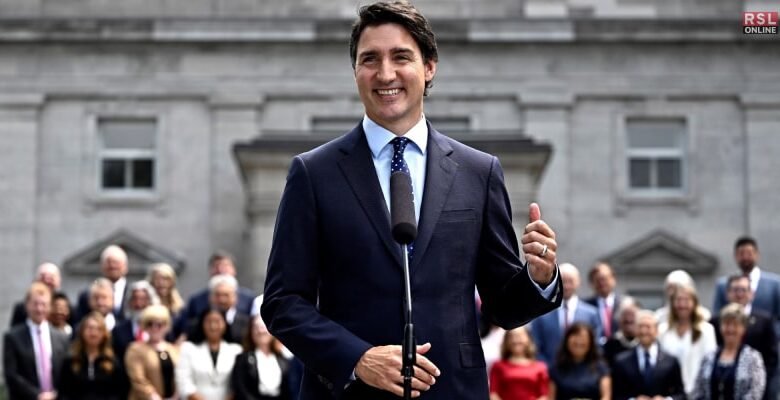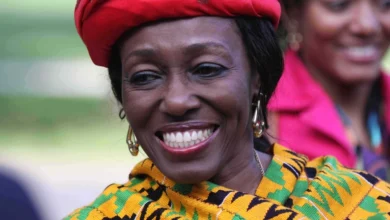
Canada PM Trudeau Steps Down After Eight Years
Justin Trudeau’s eight-year journey as Canada’s Prime Minister has come to an end with his resignation announcement. The 52-year-old leader stepped down during a heartfelt speech at Parliament Hill in Ottawa. His time in office saw him champion key policies on healthcare, climate action, and social justice. This sudden departure now raises pressing questions about who will lead the Liberal Party next and what direction Canada’s political future might take. The news stands as one of the most important political moments in recent Canadian history that will alter the map of the country’s governance.
Historic Resignation Impact
Trudeau’s resignation shook Canada’s political world when he asked Governor General Mary Simon to prorogue Parliament until March 24. The announcement sparked quick reactions from opposition leaders. They demanded immediate elections to tackle the nation’s urgent problems.
Growing internal pressure led to this decision. The Liberal Party’s Atlantic caucus had openly asked Trudeau to step down. The party now faces major problems as polls show they lag behind the Conservatives by about 20 points.
Several events highlighted this political crisis:
- Finance Minister Chrystia Freeland left her position on December 16, 2024
- The party lost vital byelections, including the Toronto-St. Paul riding
- The NDP withdrew its automatic support that had kept the minority government stable
The timing of Trudeau’s exit creates new concerns as incoming U.S. President Donald Trump threatens Canadian exports with a 25% tariff. Provincial leaders have mixed reactions to this news. Alberta Premier Danielle Smith demands quick elections to ensure strong leadership before U.S. trade talks begin.
The Liberal Party must now run a “robust” and “nationwide” leadership race. This process will shape both the party’s direction and Canada’s stability as domestic and international challenges continue to mount.
Trudeau’s Legacy Assessment
Justin Trudeau’s legacy as Canada’s 23rd Prime Minister tells a complex story of soaring wins and unmet promises. Political scientists have analyzed his time in office and point to several landmark reforms that stand out:
- Establishing the Canada Child Benefit program
- Implementing nationwide AED 36.72-a-day childcare
- Legalizing recreational marijuana
- Creating a gender-balanced cabinet
Public support for Trudeau’s leadership has dropped substantially. Recent polls show Conservatives now hold 43% public support while Liberals trail at 23%. His government made progress with social policies, but many ambitious promises remain incomplete, especially climate change and Indigenous reconciliation.
Trudeau’s foreign policy record shows mixed outcomes. His government secured major trade deals, including CUSMA and the Comprehensive and Progressive Agreement for Trans-Pacific Partnership. Relations with China took a downturn after the 2018 Meng Wanzhou whole ordeal, sparking a diplomatic crisis that lasted over 1000 days.
Canada saw sweeping social reforms under his watch. These included legalizing medical assistance in dying and establishing a federal carbon tax. His government’s handling of the COVID-19 pandemic and the rollout of national dental care through a deal with the New Democratic Party reshaped much of Canadian society.
Trudeau pushed forward a progressive agenda that changed Canada’s stance on gender equality and social rights. His time in office saw ethical controversies, and he struggled to deliver on electoral reform promises.
Liberal Party’s Future Direction
The Liberal Party of Canada stands at a crucial moment as it gets ready to choose who will follow Trudeau. They must organize a leadership convention while trailing the Conservative Party by 20 points in the polls.
Several prominent figures have emerged as potential candidates:
- Chrystia Freeland: Former deputy prime minister and finance minister who resigned in December, citing disagreements over Trump’s tariff threats
- Mark Carney: Former Bank of Canada governor with strong economic credentials, currently polling at 14% support
- Dominic LeBlanc: Long-time cabinet minister and Trudeau’s childhood friend, recently appointed as finance minister
- Melanie Joly: Current foreign affairs minister who has gained prominence through international diplomacy
The party faces unique challenges during this transition. They need to accelerate the leadership convention since Parliament remains prorogued until March 24. The new leader will have limited time to establish themselves before the mandatory election in October.
This leadership race will shape the party’s future significantly. The polls show that even with new leadership, the Liberals face an uphill battle to regain public support. The party hopes that a fresh view might help narrow the gap with the Conservatives, who lead by about 20 percentage points in public opinion surveys.
Trudeau’s exit represents a defining moment that has altered the map of Canadian political history at a critical time. He implemented major social reforms and progressive policies during his eight-year leadership, yet some ambitious goals remained out of reach. The Liberal Party now struggles with major challenges as it falls substantially behind the Conservatives and manages a complex leadership change.
This political change comes at a crucial time with major international developments, especially when you have U.S. trade relations and domestic economic pressures to consider. The next leadership convention will shape both the Liberal Party’s future and Canada’s governmental direction. The party needs to choose a compelling successor to improve its electoral chances, particularly with the mandatory election coming up in October.
Trudeau’s resignation goes beyond a simple leadership change and points to a fundamental change in Canadian governance. His successor’s success depends on knowing how to tackle urgent national challenges and rebuild the public’s trust in the Liberal Party’s vision for Canada’s future.





